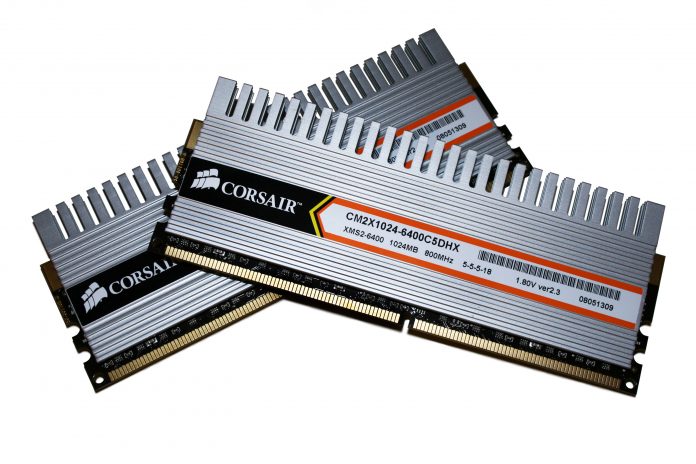Random Access Memory, usually shortened to “RAM” or simply “memory,” is one of the most important parts of any computer. But how much do you need? Current new PCs and similar devices range from around the 2GB mark, to 16GB or more.
How much memory you require will depend on two factors, including what you want to do, and how much you’re willing to spend. This article will focus on computers running a desktop operating system, such as Windows, MacOS, and Chrome OS.
Memory capacity is often confused with the long-term storage offered by a solid state or a conventional hard drive. Sometimes even manufacturers or retailers will mix up these terms.
A desk is a useful analogy to consider the difference between memory and storage. Think of RAM as the top of the desk. The bigger it is, the more papers you can spread out and read at once. Hard drives are more like the drawers underneath the desk, capable of storing papers you’re not using.
The more RAM your system has, the more programs it can handle simultaneously. RAM isn’t the only determining factor, and you can technically open dozens of programs at once even with a very small amount of RAM, but doing so will slow your system down. Think of the desk again. If your desk is too small, it becomes cluttered, and your work will slow as you try to find whatever paper you need at any particular moment. You’ll be forced to frequently dig into the drawers to store what won’t fit on top of the desk and retrieve papers you need.
A computer with more RAM feels noticeably faster, but only up to a point. Having a big desk doesn’t help you if you’ve only a few papers to read.
The goal is to have enough RAM — or desk space — for all the applications you use in your life, on that particular device. Too little RAM, and things get clogged up. Too much RAM, and you just paid for memory you may never use.
Standard RAM shouldn’t be confused with video memory, however, a statistic associated with computer graphic cards. High-end 3D games rely on video RAM (VRAM), often expressed as “GDDR5” or something similar, whereas standard memory will simply be referred to as memory, RAM, or DDR3. This may sound confusing, but thankfully, most manufacturers are very good about identifying VRAM clearly so consumers know what’s what.
The biggest RAM-hogs on most home computers are the operating system itself, and the web browser. There’s not much you can do to make Windows or MacOS use less memory, but more RAM in your computer means that you can open more browser tabs in Chrome, Firefox, Internet Explorer, etc. In addition, some websites use more RAM than others. A simple text news story is relatively light on memory, while something like Gmail or Netflix uses quite a bit.
Programs tend to use more RAM as they increase in complexity. A chat program or a game like Minesweeper will use almost no RAM, while a gigantic Excel spreadsheet or a huge Photoshop project might use more than a gigabyte all by itself. Professional and engineering software is created to tackle very difficult projects, and tends to consume the most RAM of all programs. Modern 3D games can also use quite a bit of RAM and VRAM, especially if you have the settings dialed to 11. In other words, your need for RAM is dependent on the programs you use.
To wrap things up, here’s some simple guidelines that apply to all PC devices.
- 2GB: Good only for stripped-down tablets, budget Chromebooks
- 4GB: Minimum for budget Windows and MacOS systems, great for Chromebooks
- 8GB: Excellent for Windows and MacOS systems
- 16GB: Probably overkill for most; ideal for mid-range workstations
- 32GB and beyond: Enthusiasts and purpose-built workstations only
Remember, buying more RAM than you need doesn’t net you any performance benefit. It’s effectively wasted money. Buy what you need, and spend what’s left in your budget on more important components, such as the CPU or video card.










